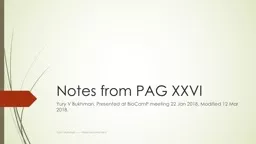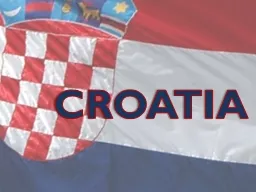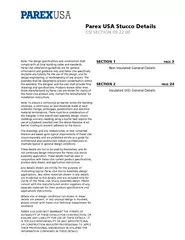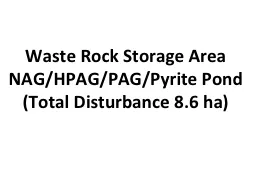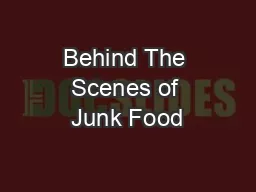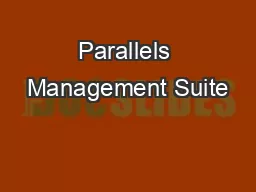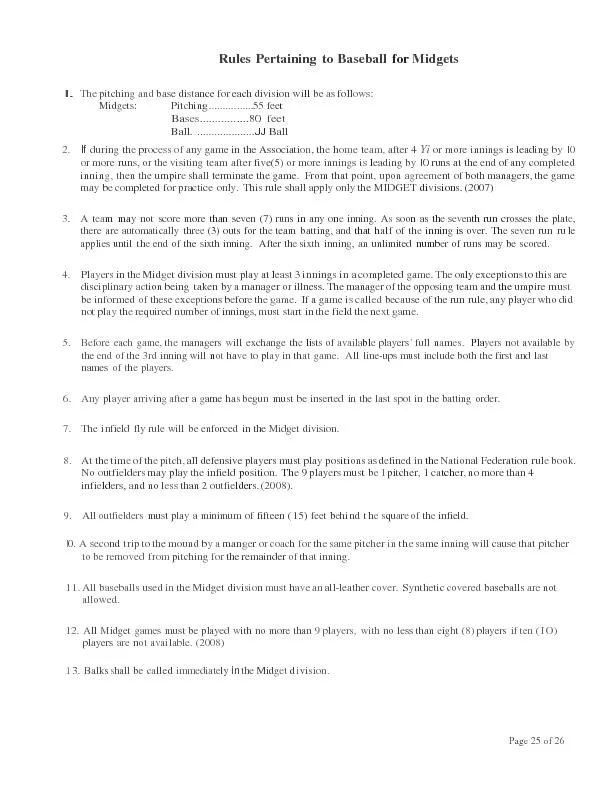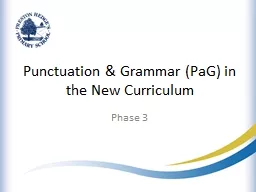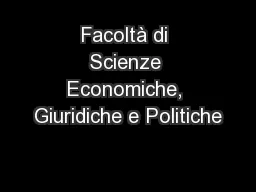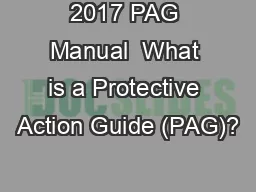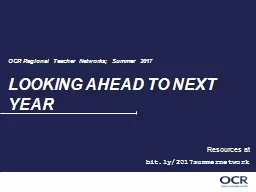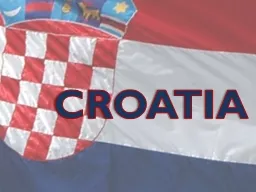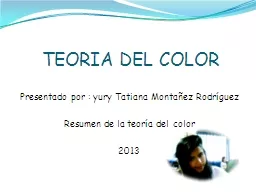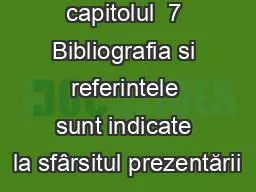PPT-Notes from PAG XXVI Yury V Bukhman. Presented at
Author : karlyn-bohler | Published Date : 2020-04-03
BioComP meeting 22 Jan 2018 Modified 12 Mar 2018 Yury V Bukhman Notes from PAG XXVI Disclaimers Many parallel sessions and only one me I was primarily interested
Presentation Embed Code
Download Presentation
Download Presentation The PPT/PDF document " Notes from PAG XXVI Yury V Bukhman. Pre..." is the property of its rightful owner. Permission is granted to download and print the materials on this website for personal, non-commercial use only, and to display it on your personal computer provided you do not modify the materials and that you retain all copyright notices contained in the materials. By downloading content from our website, you accept the terms of this agreement.
Notes from PAG XXVI Yury V Bukhman. Presented at : Transcript
Download Rules Of Document
" Notes from PAG XXVI Yury V Bukhman. Presented at "The content belongs to its owner. You may download and print it for personal use, without modification, and keep all copyright notices. By downloading, you agree to these terms.
Related Documents

